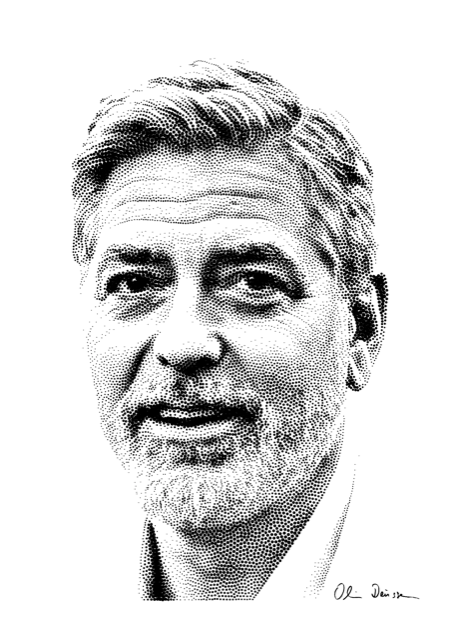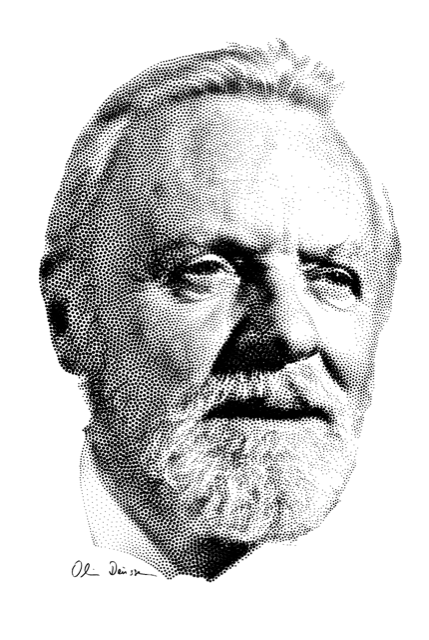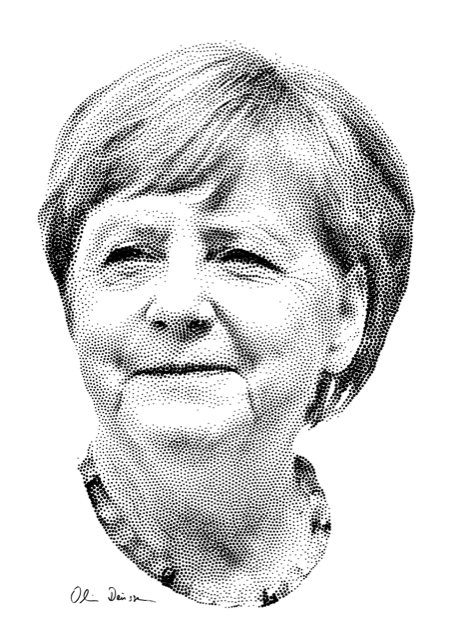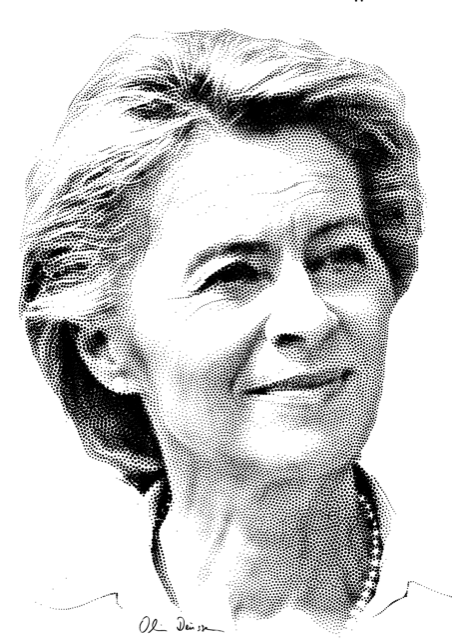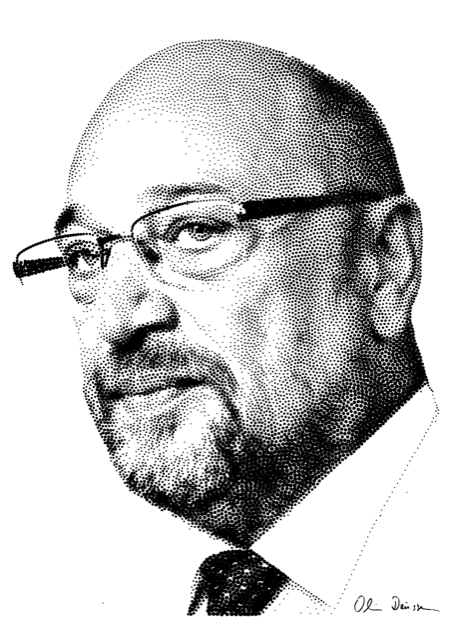
Material
Abstract
We propose an adaptive version of Lloyd's optimization method that distributes points based on Voronoi diagrams. Our inspiration is the Linde-Buzo-Gray-Algorithm in vector quantization, which dynamically splits Voronoi cells until a desired number of representative vectors is reached. We reformulate this algorithm by splitting and merging Voronoi cells based on their size, greyscale level, or variance of an underlying input image. The proposed method automatically adapts to various constraints and, in contrast to previous work, requires no good initial point distribution or prior knowledge about the final number of points. Compared to weighted Voronoi stippling the convergence rate is much higher and the spectral and spatial properties are superior. Further, because points are created based on local operations, coherent stipple animations can be produced. Our method is also able to produce good quality point sets in other fields, such as remeshing of geometry, based on local geometric features such as curvature.
